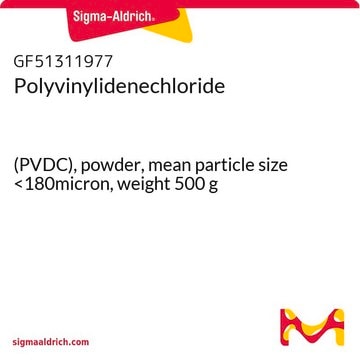A5441
Monoclonal Anti-β-Actin antibody produced in mouse
clone AC-15, ascites fluid
Synonim(y):
Monoclonal Anti-β-Actin, Anti beta actin monoclonal antibody
About This Item
Polecane produkty
pochodzenie biologiczne
mouse
białko sprzężone
unconjugated
forma przeciwciała
ascites fluid
rodzaj przeciwciała
primary antibodies
klon
AC-15, monoclonal
masa cząsteczkowa
antigen 42 kDa
zawiera
15 mM sodium azide
reaktywność gatunkowa
sheep, carp, feline, chicken, rat, mouse, Hirudo medicinalis, rabbit, canine, pig, human, bovine, guinea pig
spodziewany brak reakcji z
Dictyostelium discoideum
metody
immunohistochemistry (formalin-fixed, paraffin-embedded sections): suitable
indirect ELISA: suitable
indirect immunofluorescence: 1:1,000-1:2,000 using cultured human or chicken fibroblasts
western blot: 1:5,000-1:10,000 using cultured human or chicken fibroblast cell extracts
izotyp
IgG1
numer dostępu UniProt
Zastosowanie
research pathology
Warunki transportu
dry ice
temp. przechowywania
−20°C
docelowa modyfikacja potranslacyjna
unmodified
informacje o genach
human ... ACTB(60)
mouse ... Actb(11461)
rat ... Actb(81822)
Szukasz podobnych produktów? Odwiedź Przewodnik dotyczący porównywania produktów
Opis ogólny
Specyficzność
Immunogen
Zastosowanie
- in immunofluorescence staining
- in immunoblotting
- in immunohistochemistry
- as a control for protein arrays
Działania biochem./fizjol.
Postać fizyczna
Inne uwagi
Oświadczenie o zrzeczeniu się odpowiedzialności
Not finding the right product?
Try our Narzędzie selektora produktów.
polecane
Kod klasy składowania
10 - Combustible liquids
Klasa zagrożenia wodnego (WGK)
WGK 1
Temperatura zapłonu (°F)
Not applicable
Temperatura zapłonu (°C)
Not applicable
Certyfikaty analizy (CoA)
Poszukaj Certyfikaty analizy (CoA), wpisując numer partii/serii produktów. Numery serii i partii można znaleźć na etykiecie produktu po słowach „seria” lub „partia”.
Masz już ten produkt?
Dokumenty związane z niedawno zakupionymi produktami zostały zamieszczone w Bibliotece dokumentów.
Klienci oglądali również te produkty
Produkty
Actin isoforms are muscle tissue markers; six isoforms expressed, four for muscle differentiation, two ubiquitous.
Loading controls in western blotting application.
Human pancreatic cancer organoid biobank (PDAC organoids) with various KRAS mutations to aide in 3D cell culture and cancer research applications.
Immunofluorescence uses antibody-conjugated fluorescent molecules for protein localization, modification confirmation, and protein complex visualization.
Protokoły
Protokół Western blot szczegółowo opisuje przenoszenie białek z żeli na nitrocelulozę, co ma kluczowe znaczenie dla procedur immunoblottingu w badaniach naukowych.
Western blot protocol details protein transfer from gels to nitrocellulose, crucial for immunoblotting procedures in research.
Tips and troubleshooting for FFPE and frozen tissue immunohistochemistry (IHC) protocols using both brightfield analysis of chromogenic detection and fluorescent microscopy.
Nasz zespół naukowców ma doświadczenie we wszystkich obszarach badań, w tym w naukach przyrodniczych, materiałoznawstwie, syntezie chemicznej, chromatografii, analityce i wielu innych dziedzinach.
Skontaktuj się z zespołem ds. pomocy technicznej















